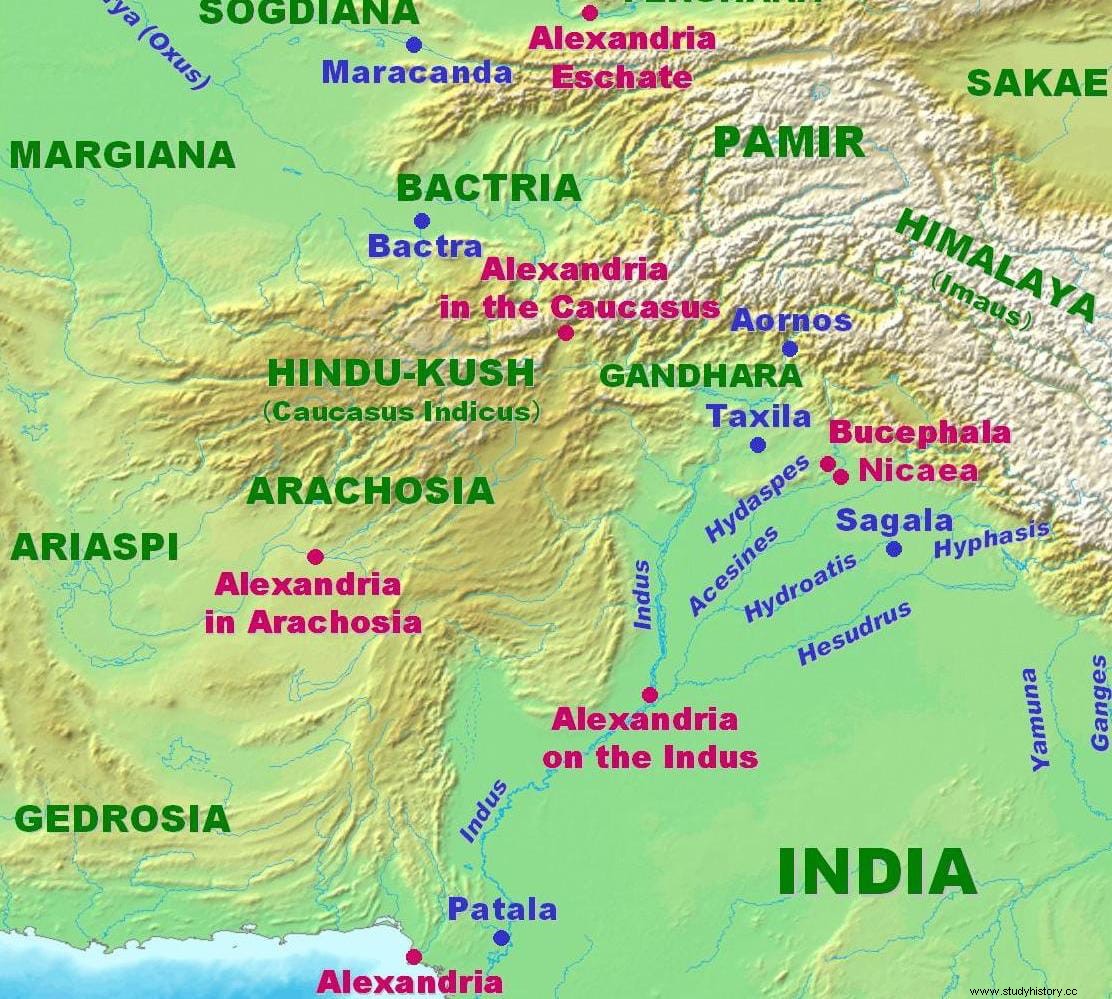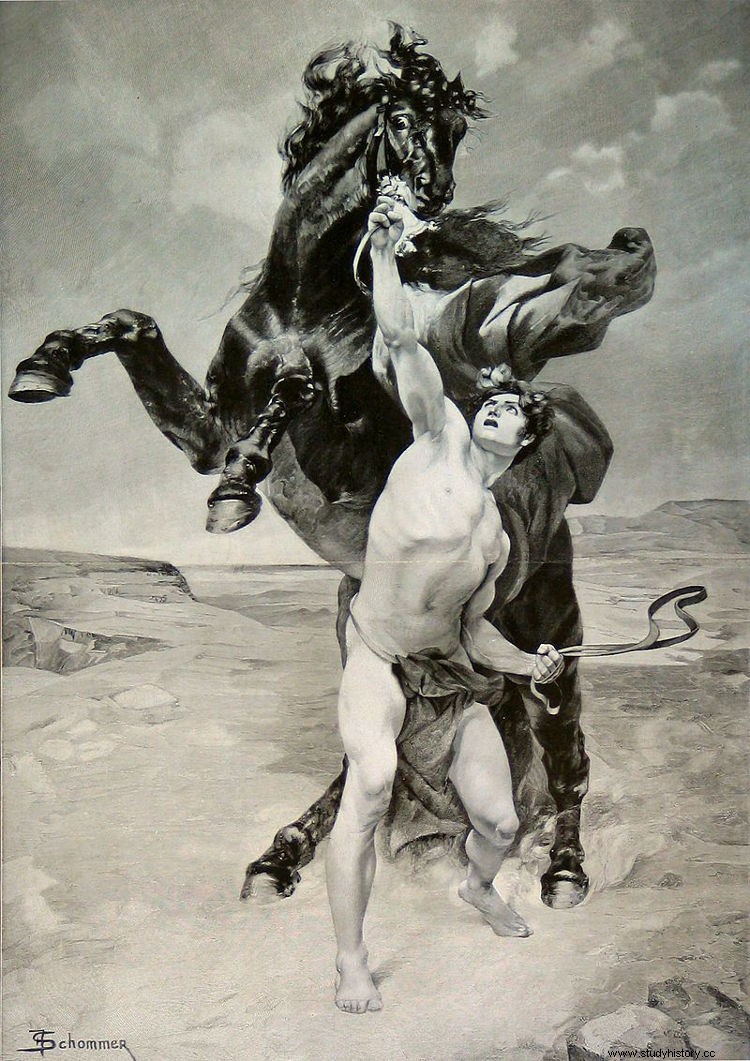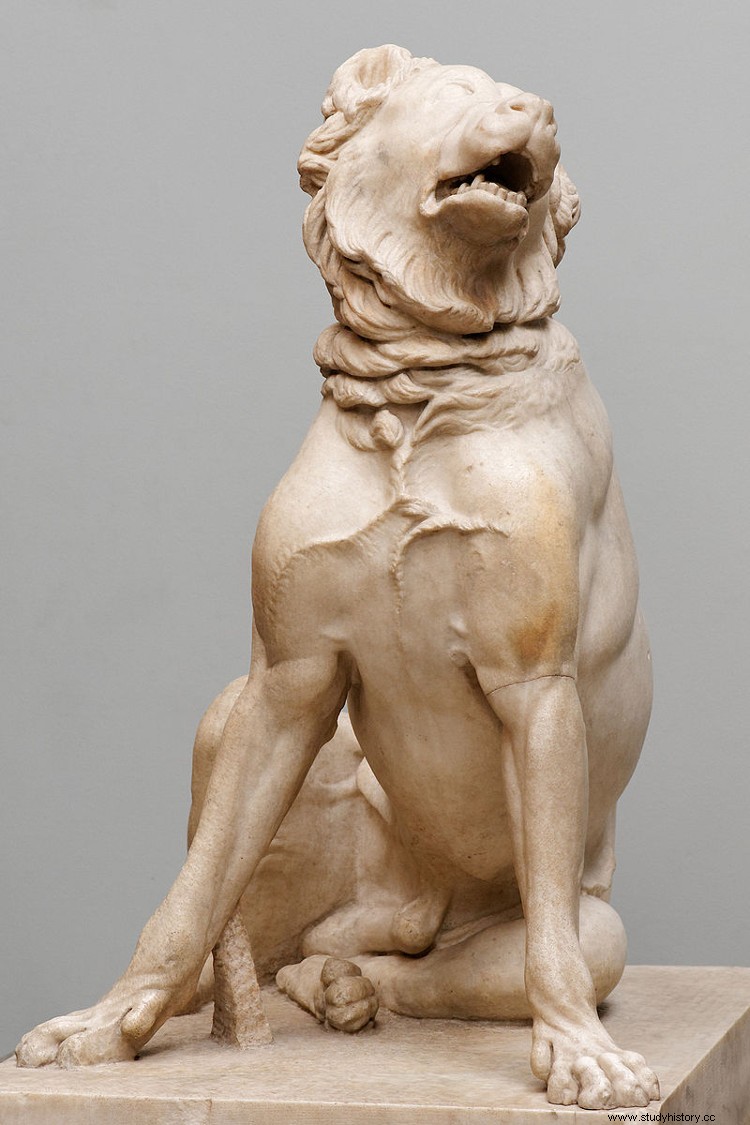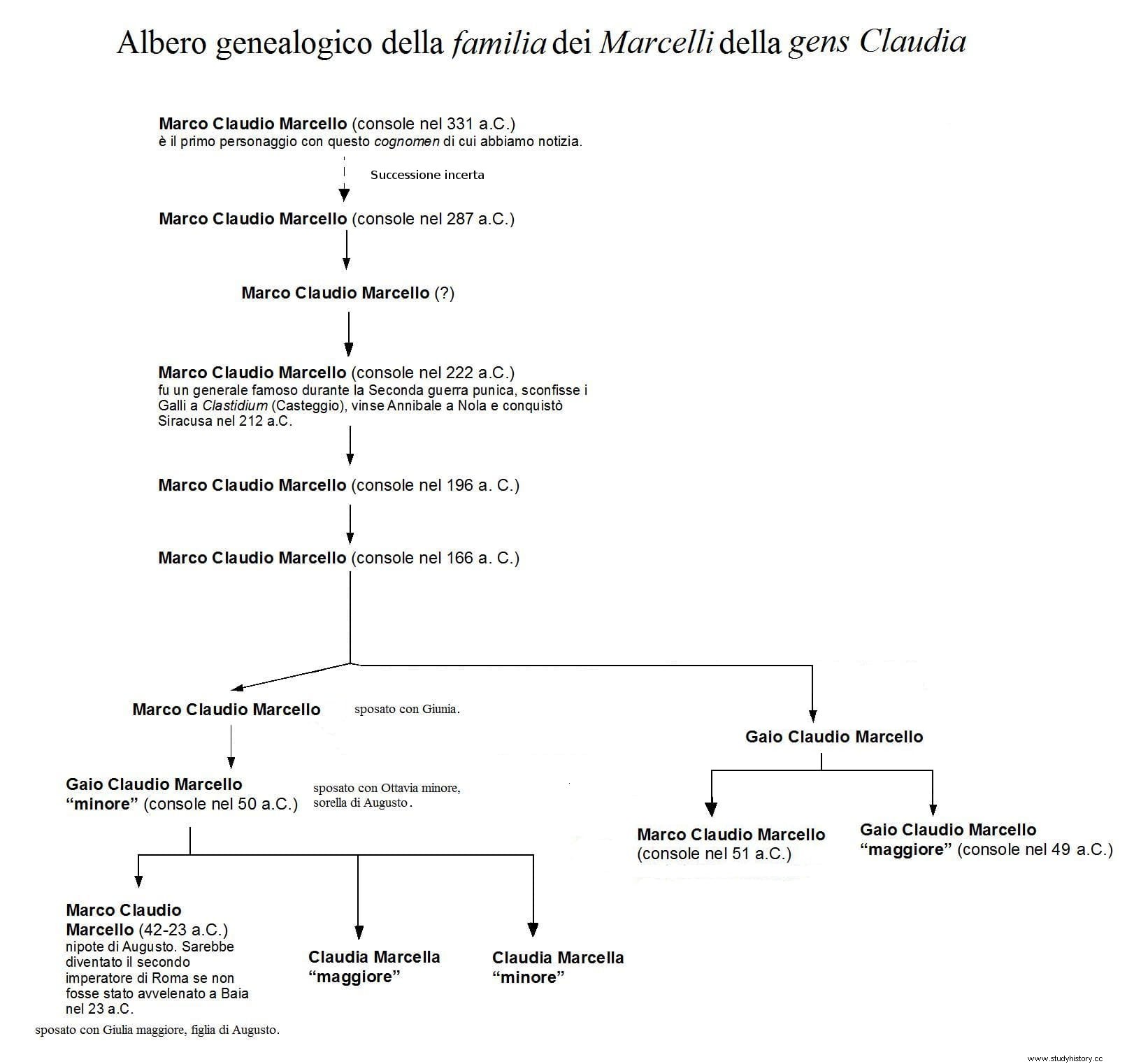Does the name of Alexandria Bucéfala (or Bucéfala to dry, or Bucephalia) ring a bell? It was a city that Alexander the Great founded in 326 BC. on the west bank of the river Hydaspes and which he named after his prized horse, the famous Bucephalus, who had just died in battle at the age of thirty (almost like his owner).
This episode reveals the affection that the Macedonian hero could reach for his animals and that is confirmed by a second case:the city of Péritas, created in memory of his favorite dog.
Even less is known about urban Péritas than about Bucephalus Alexandria. If it was located at an unspecified point on the west bank of the Hidaspes River (current Jhelum, a tributary of the Indus that crosses the Pakistani Punjab), it seems that Péritas would be close, since they were not sites built from scratch but more well as refoundations of other existing ones conquered from Poros, ruler of Pauravas (a kingdom located between the aforementioned Hidaspes river and the Acesines (current Chenab) with its capital in Paura, probably the one called Lahore today.

Unfortunately, it seems that Bucephalia did not exist for more than a century and all that remains of it are references:those left by Diodorus Siculus (alluding rather to the battle and the monumental tomb that Alexander erected in the center of the city to bury to the horse), those of the Epítome de Metz (a late anonymous chronicle of the Macedonian campaigns which is based on Diodorus' account anyway) or the appearance of the name in the Tabula Peutingeriana (a Roman road map produced in the 4th century AD and of which only medieval or even later copies remain). It is also named, without further ado, in the Eritrean Sea Journey , a text from the 1st century AD. which speaks of the Greco-Roman shipping routes.
Regarding Péritas, things are even more ethereal; There are hardly any quotes from Plutarch in his Parallel Lives or Pliny the Elder in Natural History , without further information about the dog and even less about the city. In fact, it seems that there was even a third city (of the nearly seventy that he founded), Alexandria Nicaea, also in the same area. There are no archaeological remains of any of them, nor will there ever be -unless one of those eventual strokes of luck that sometimes occur- occurs, due to the fact that, throughout the two long millennia that have passed since then, the fluvial course of the Jhelum has changed, moving up to eight kilometers.

Now, cities aside, what about those who gave them their names? Alexander's horse is quite familiar to history buffs. He owed his name to a certain physical characteristic, since Bucephalus means "Bull's Head", although it is not clear if it was given due to the shape of his face, a star-shaped spot on his forehead (Arian in his Anabasis of Alexander the Great ) or to another -perhaps the same one- on its bovid head-shaped rump (Pliny the Elder and Pseudo Callisthenes).
Diodorus of Sicily limits himself to reviewing that it was a gift from Demaratus of Corinth, who later became an Etruscan prince by marriage (although in reality he lived several centuries earlier). But what is truly enchanting is the legend. Picked up by Plutarch, he says that it was a wild and sullen animal that only allowed himself to be ridden by his mistress. Pseudo Callisthenes, in his Life and Deeds of Alexander of Macedon , is a little more fantastic and adds that Bucephalus descended from the mythical four mares of the giant Diomedes (the ones that Hercules had to capture in his eighth labor) and, therefore, he was a cannibal; moreover, he says that Philip fed them with his political opponents and that the Oracle of Delphi predicted that the one who managed to ride the horse would dominate the world:“Seek, my son -he said-, a kingdom equal to you, because you don't fit in Macedonia”.
Péritas, on the other hand, is semi-unknown. We have the quote from Plutarch, just after explaining the death of Bucephalus:« It is said that having also lost a dog called Péritas, which he had raised and liked very much, he built another city with his name . Sotion writes that so he heard Potamon of Lesbo say." . The Greek historian is the only one who cites his name, whose etymology, by the way, is not clear but experts speculate on a possible relationship with the Macedonian word used to refer to the month of January ( peritios ), perhaps because he was born in it.

Peritas had accompanied Alexander's army on that interminable journey to the East ever since, according to Pliny the Elder , his uncle Alexander I of Epirus, brother of his mother Olympias, gave it to him. Almost everything about the dog is ignored, even less do we know what breed it was, but there are those who point out that perhaps a molosser, a large and strong breed, very muscular and with a short snout, qualities very appropriate for fighting. In fact, they originate from Molossia, a region of Epirus where they were used for grazing, surveillance and warfare, as Virgil attested in the Geórgicas; Alexander I himself was nicknamed the Molossian .
There are also authors who suggest that it could be some type of mastiff or bull dog, or even a greyhound; however, everything is mere speculation because there are no contemporary descriptions or images of Péritas identified. The interesting thing, once again, are the legends. Plinio tells that the dog was already an adult when Alejandro received it from his uncle to replace a previous one that did not have enough character; Péritas did have it, to the point that he fought against lions and elephants and the Macedonian insisted on such training:

There are several legends about the participation of war dogs in that Asian campaign of Alexander, as shown by the reliefs of the so-called Sarcophagus of Alexander the Great. After all, these animals have been and continue to be common in armies. They appear in Egyptian paintings, as well as in Assyrian and Persian reliefs; Roman legions had units made up of dozens of Canis pugnax , are accredited in medieval wars, played a role in the Reconquest and the Spanish conquerors took them with them to America, losing prominence only when firearms became widespread.
A legend tells that Sofites, Bactrian satrap of the Punjabi region of Jech Doab, gave the Macedonian general a hundred and a half dogs whose bravery he wanted to show by confronting four of them with a lion. One especially distinguished himself and seized the beast, without releasing it until he died; would it be Peritas? The same question can be asked about another dog that would have bitten an elephant's trunk in the midst of the chaos of Gaugamela, saving a wounded Alexander but losing his life during the fight. There is another version of this that identifies the animal with Péritas and explains his heroic ending. Let's see it because it is a worthy climax to this article.
In the midst of a battle with the Mallians (from Mahli, Punjab region), Alexander was trying to conquer a city when he was isolated from his people behind the walls and received a spear. Noting the delicate situation, Leonato, one of his diadochos (his generals, although this one in particular was his personal friend and was part of the seven somatophylakes , the staff of him), sent the dog to the aid of him. Péritas charged like a beast on the Mallians, stalling them with his attack and giving the troops time to rush to their leader's rescue. In the fight, the animal was seriously injured and died in the lap of his master, whom he managed to save, which is why he decided to honor him by baptizing a city with his name.
